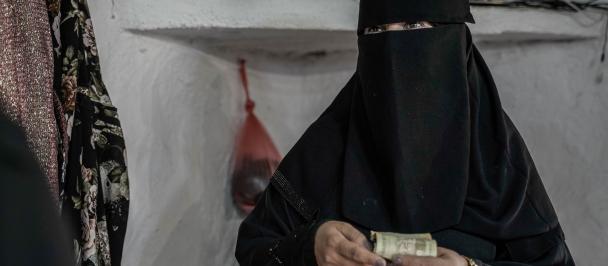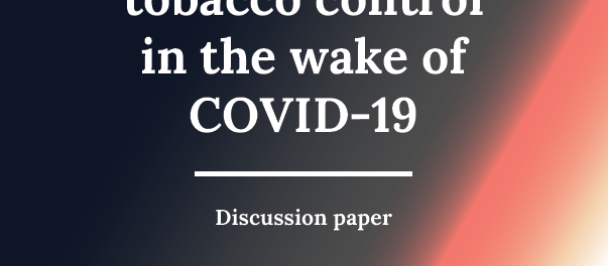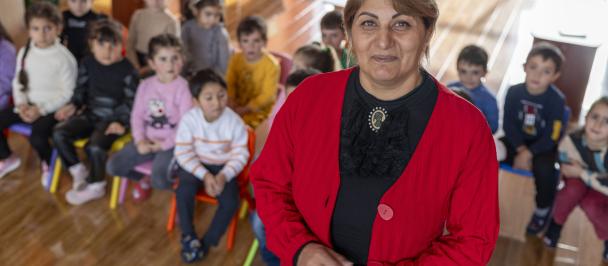In February 2020, at the 10th World Urban Forum in Abu Dhabi, the national, local, and regional governments gathered to find solutions to complex urban challenges, with the New Urban Agenda as the blueprint to build more resilient, safe, sustainable and inclusive cities.
At the closing of the forum, commitments were made to support national and local governments to face the current era of disruption, to ensure that no one and no place is left behind—to create a next generation of people-centric cities that balances sustainability with prosperity.
When COVID-19 made a sudden and disastrous headway globally, we witnessed how our health care issues rapidly turned into a question of effective governance. Fear and death gripped people in cities such as New York, known for its dynamic life. It impacted countless lives, jobs and livelihoods, which is evident to us all.
The pandemic had a way of reinstating the vulnerability of human life, teaching us a valuable lesson of what it means to practically have effective governance in place, whether in rich or poor cities or countries, to be better prepared for future crises as this one. It seems ever more urgent to bring our actions on urbanization to fruition if we are to make a green recovery.
Cities are responsible for 80 percent of global GDP—they are places of economic opportunity, yet, one-quarter of all city dwellers live in slums. Many cities, particularly in developing countries are not equipped to respond to a crisis such as the COVID-19 pandemic.
Cities are also a lifeline of informal economy engaging over 60 percent of the world’s workers. However, we have seen how COVID-19 hit informal workers first– the lockdowns directly affected their livelihoods and their capacity to make a basic income. This is amplified by the fact that half of the world—about four billion people—are trying to survive COVID-19 without any social protection.
Climate change, for instance, is expected to push more than 100 million additional people back into poverty by 2030. Coastal zones are particularly vulnerable to storm surges and rising sea levels over the coming decades. Average global flood losses, could increase to $52 billion by 2050 in 136 of the world’s largest coastal cities.
According to the World Health Organization, nine out of 10 people breathe air containing high levels of pollutants. Worldwide, air pollution kills seven million people prematurely every year.
COVID-19 pandemic is also unleashing a tidal wave of medical and plastic waste, calling urgently for innovative disposal.
Throughout the United Nations 2020 High Level Political Forum (HLPF), one major theme has emerged—how to use COVID-19 as an opportunity to reset national and global ambition. Together with the health response, we need to provide direct support that will keep lives safe, households afloat and businesses solvent.
The good news is that COVID-19 has put a spotlight on nature’s ability to bounce back. For example, nitrogen dioxide levels fell by more than 70 percent during COVID-19 lockdown in New Delhi.
Cities can be a transformative force in promoting climate-smart growth, and in engineering cleaner, zero-carbon and resilient development pathways. They can be hubs for technological progress and innovation. For example a women-run solar micro-grid is helping empower women in Yemen.
The Jumia Food in Uganda, a leading e-commerce company, has entered into a partnership with several informal markets on an experimental basis for sustaining supply chains for micro, small and medium enterprises and connecting informal vendors with consumers online.
Cities are the bridges between Sustainable Development Goals and citizens in a post-COVID-19 world. Each year, the organizers of Venice City Solutions 2030 bring the recommendations of the event to the formal mechanism of the HLPF. The annual event helps to identify and share available existing tools to local and regional governments and partners.
The UN Secretary-General in his COVID-19 Policy Brief on Cities offers three key recommendations; that of addressing inequalities, strengthening local governments and third, pursuing a green, resilient and inclusive economic recovery. The role of local governments, municipalities and mayors for effective governance of cities to facilitate infrastructure, innovation, e-commerce and efficient health facilities is vital. We need to invest in local governments and actors who are the frontline responders.
In the next 30 years, an estimated US$90 trillion will be invested in infrastructure, with most of it in urban settings. There is a unique opportunity to shape these investments to ensure the need to promote a transition towards low-carbon, resource-efficient, climate and disaster resilient, and socially just cities where people can live healthy, productive and peaceful lives. UNDP is supporting 115 countries to enhance their Nationally Determined Contributions (NDCs) – under its Climate Promise. If managed well, cities can significantly contribute to meet the NDC targets and maintain the ambition of 1.5C while increasing resilience to climate change.
Leveraging the capacity, expertise and network of partners that UNDP has developed over the last 50 years, we will continue to work with cities, sub-national and local governments, municipalities and local stakeholders to enhance governance, environment, social and financial landscapes to identify integrated urban solutions to create a next generation of people-centric cities.

 Locations
Locations



